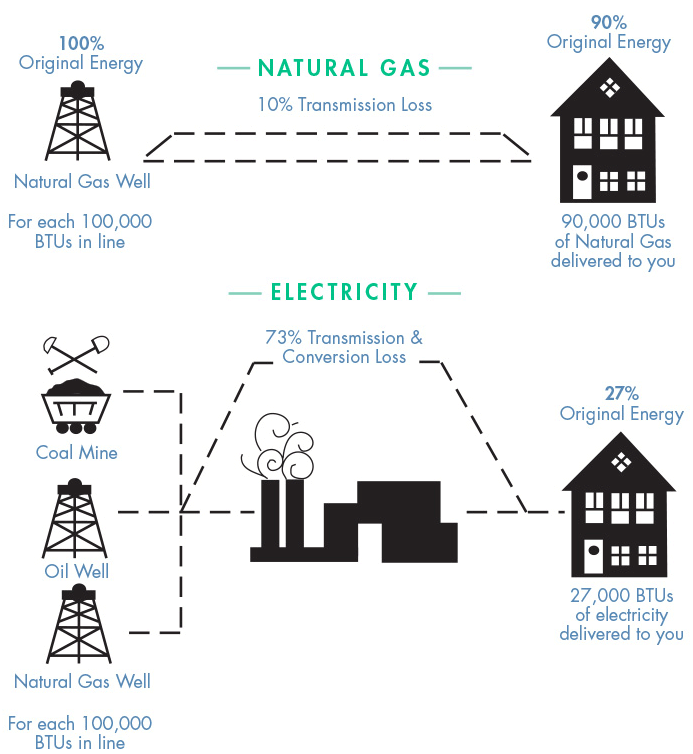Natural Gas: Costs Less, Works Smarter for Homes and Businesses
When it comes to energy, efficiency and affordability are critical for both households and businesses. At Pensacola Energy, we proudly offer natural gas as a solution that not only costs less than electricity but also works smarter to deliver reliable, efficient energy. Whether you’re heating your home, powering your appliances, or running a business, natural gas is the superior choice.
Why Natural Gas Costs Less
Energy costs can add up quickly for families and businesses alike. On average, natural gas costs significantly less than electricity, helping lower monthly utility bills. For businesses with high energy demands—like laundromats, restaurants, or manufacturing facilities—these savings can be game-changing.
Whether you’re keeping your family warm or balancing a commercial energy budget, natural gas delivers the reliability and affordability you need to stay ahead.
Efficiency That Powers Homes and Businesses
One of the most significant advantages of natural gas is its efficiency. Unlike electricity, which can lose up to 70% of its original energy during generation and transmission, natural gas retains much more of its energy as it travels to your home or business. This efficiency means you’re getting more energy for every dollar you spend.
For businesses, this translates to lower operating costs and improved sustainability, making natural gas a practical choice for day-to-day operations.

Energy Solutions Tailored to You
Natural gas offers a range of versatile applications for both residential and commercial needs:
- Home Heating: Gas furnaces deliver faster, more efficient heating for maximum comfort.
- Water Heating: Gas water heaters heat water faster, ideal for homes, hotels, gyms, and other businesses with high water demand.
- Cooking: From residential kitchens to restaurants, natural gas stoves offer superior temperature control and efficiency.
- Drying Clothes: Natural gas dryers are a game-changer for homes and businesses alike. They heat up faster than electric dryers, reducing drying times and energy usage. Laundromats, hotels, and even busy households can enjoy lower energy costs and faster results.
- Outdoor Living and Dining: Gas grills, patio heaters, and outdoor fireplaces make entertaining more enjoyable and cost-effective.
- Industrial Applications: Many businesses rely on natural gas to power equipment efficiently and reliably.
Affordable, Efficient Energy for Every Need
At Pensacola Energy, we’re dedicated to providing energy solutions that support the needs of our community. Whether you’re a homeowner seeking affordable comfort or a business owner looking to optimize operations, natural gas delivers the performance you can count on.
We Keep On Supporting Pensacola
Natural gas is more than just energy—it’s a reliable partner for homes and businesses alike. With its cost savings, efficiency, and versatility, natural gas is the smart choice for powering Pensacola’s future.
Discover how natural gas can transform your home or business. Visit our website or contact Pensacola Energy today to make the switch.



